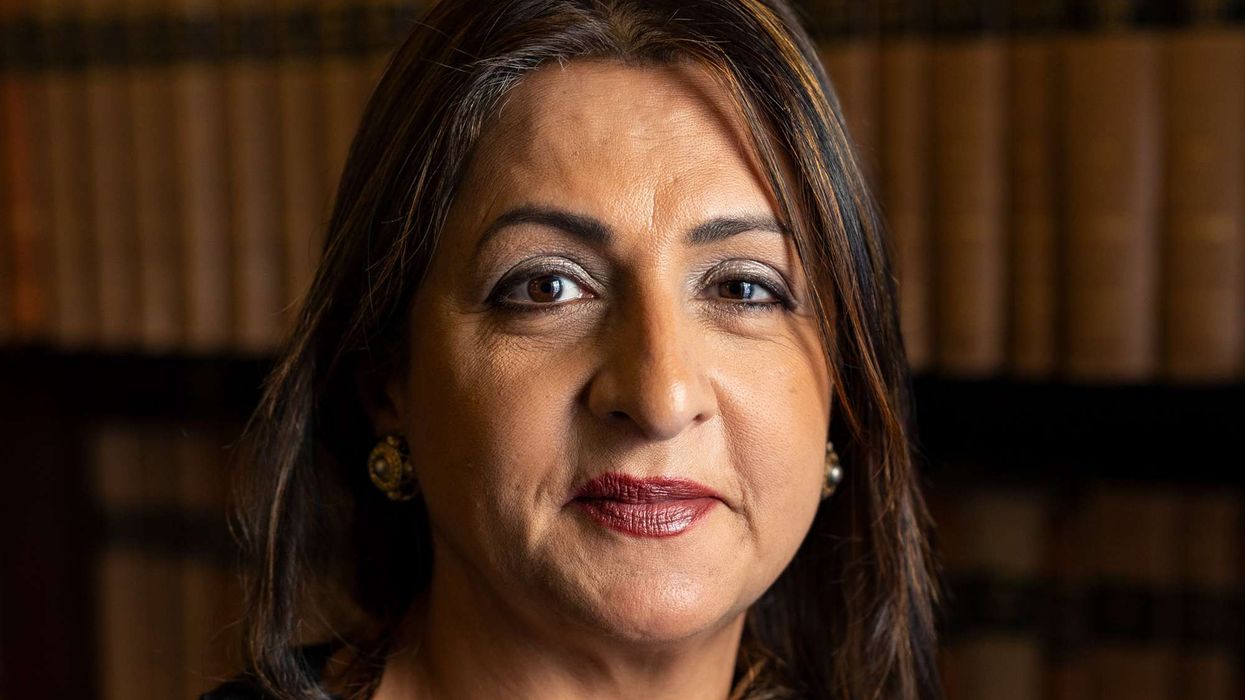LUXURY carmaker Jaguar has unveiled its electric concept vehicle, the Type 00, triggering widespread online debate about its unconventional design and vibrant colour palette.
The car, revealed in Miami during art week, features two striking colours - Miami pink and London blue - which have prompted playful comparisons to pop culture icons like Barbie and the Pink Panther, rather than the brand's traditional sophisticated image.
Hours after leaked images circulated online, Jaguar officially presented the vehicle, describing it as a bold design concept with "exuberant proportions" intended to reimagine the brand's future automotive direction.
It marks a dramatic departure from Jaguar's historically conservative design language, signalling the company's aggressive strategy to attract a younger, more diverse audience in the competitive electric vehicle market.
Rawdon Glover, Jaguar managing director, explained the strategy: "We want to be true to the brand's DNA while being future-facing, relevant, and standing out from the crowd."
The company's design chief Gerry McGovern was even more provocative, declaring that "fearless creativity" means not everyone will immediately appreciate the new direction. "Some may love it now, some may love it later, and some may never love it," he said.
Adrian Mardell attends Reimagined Jaguar Brand Debut At Miami Art Week on December 02, 2024 in Miami, Florida. (Photo by Jason Koerner/Getty Images for Jaguar)McGovern cited creative pioneers like David Bowie, Vivienne Westwood, and Richard Rogers as inspiration, highlighting a quintessentially British spirit of challenging conventions.
The concept suggests a dramatic shift from Jaguar's traditional market. Expected to cost over £100,000, the car targets a younger, international audience rather than the previous demographic of older, affluent British consumers.
Technical specifications promise better performance, with a potential range of 478 miles and rapid charging capabilities that can add 200 miles in just 15 minutes. The production-ready version will be revealed in late 2025, with sales starting in 2026.
The radical rebrand has already generated significant online discussion, with even Tesla CEO Elon Musk weighing in critically. A teaser campaign featuring diverse models and the tagline "copy nothing" has further polarised public opinion.
Interior features include elements like a brass "spine" separating seats, travertine stone accents, and sliding dashboard screens. The traditional Jaguar "growler" logo has been replaced by a minimalist sans-serif text design.
Experts, however, offered mixed reactions. Paul Barker from Auto Express praised the "striking piece of design", noting that the traditional approach wasn't working for Jaguar. Meanwhile, some traditional automotive enthusiasts have expressed dismay at the dramatic departure from classic styling.
The rebrand represents a significant strategic pivot for Jaguar Land Rover, owned by India's Tata group. While Land Rover has maintained a conservative approach to electric vehicle design, Jaguar is embracing radical transformation.
The company is investing £18 billion in electrification, having previously sold only the ageing I-Pace electric model. The new strategy aims to reposition Jaguar as a globally relevant luxury brand.
CEO Adrian Mardell stressed the emotional aspect of the transformation, stating they aim to "recapture" the sense of awe surrounding iconic models like the E-type, a symbol of 1960s British design innovation.
The launch event in Miami, complete with a DJ set by grime artist Skepta, further underscored the brand's intention to appeal to a younger, urban audience, according to reports.
The first of three planned electric models will roll out in 2026, marking a complete transformation for this storied automotive brand.













